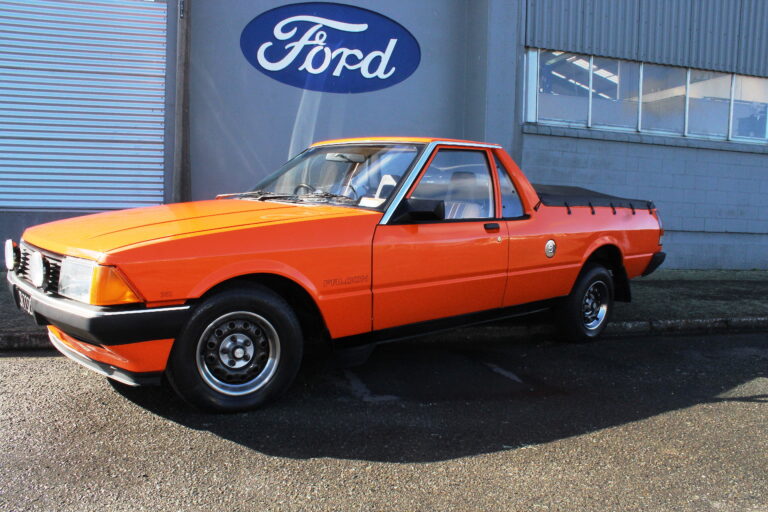For those who recognise the essence of luxury; for apprentice plutocrats wanting to signal their sense of entitlement but who don’t yet have all the cash required for true excess, or just for those who appreciate first class classics, this auction was the place to be.

Apart from Maybach buyers, modern-day plutocrats seem to favour top-of-the-range or blinged examples of more common cars, if they are not buying SUVs or supercars.
That means the old school limousines of the type offered for sale at the latest Webb’s classic car auction had sale price estimates well below the money you can pay for much more ordinary modern cars.
Perhaps it’s the perception that they are are too blatantly upper class but, judging by some of the car choices displayed by the glitterati, the desire to avoid ostentatious displays of wealth is not the problem.
Meanwhile, the satisfaction of being wafted about in a superior motor, lounging on leather, surrounded by Wilton and walnut, with a crystal cocktail cabinet to hand, is being criminally overlooked.
So the Webb’s auction was the place to be for those who still recognise the sheer essence of luxury or for those who just appreciate first class classics. Donn Anderson went along and filed this report:

While world economies are slowing, there is still plenty of buyer interest in classic cars if the recent Webb’s Auckland auction of collectors’ cars on 18 August is any indication. More than 300 spectators and bidders were on hand plus telephone bidders as 18 pre- and post-war classics were up for auction on a cold and damp Sunday afternoon.
After a slow start, just five cars went under the hammer, but in subsequent days a further six lots were sold, giving a success rate of more than 60 per cent. “These auctions are difficult as they are high value and target a specific buyer, so we are thrilled with the results,” said Christine Kearney, marketing director at Webb’s. Caolan McAleer, Webb’s single-owner specialist, said, “We’re seeing a buoyant market for both buyers and sellers, with strong interest in entry-level classics for first-time buyers and provenance playing a key factor in sale prices for traditional British marques.”
Seven of the nine cars from the First Class Classics collection of Maxine and Terry Sutherland sold, which Webb’s described as “a fantastic result”. No fewer than five elegant Rolls-Royce lots were on offer, including the 1958 Silver Wraith in which Queen Elizabeth II rode in on her Australian royal tour. This had a price estimate between $200K and $250K, and there was bidding to $160K before it later sold, subject to negotiation, for $193,775, including the buyer’s premium of 15 per cent plus GST. The new owner intends to keep the car in New Zealand.

There was one bid for a 1956 Rolls-Royce Silver Cloud S1 that went for $46K, well below the $70K–$80K estimate, and a similar 1957 Silver Cloud with an identical estimate realized $66,125. A 1973 RR Corniche two-door coupe with a $70K-$90K estimate attracted little interest, nor did a 1978 RR Silver Shadow II which had an anticipated value of at least $35K.
Webb’s were right on the money for a 1956 Bentley S1 with an estimate of $75K–$80K that later sold for $80,500. The most expensive car on offer was an absolutely superb silver 1952 Bentley Mark VI drophead coupe with an estimate of $250K–$300K. The highest bid was a promising $230K, but the aluminium-bodied, 4.3-litre straight-six Bentley did not sell. A 2016 Bentley Flying Spur sedan, that costs $270K when new, also failed to find a new owner, despite a bid of $147,500 which was short of the $180K–$190K estimate.

With just 24,028 miles on the odometer, a 1970 Daimler Limousine purchased new by the New Zealand government had a price estimate of $35K–$40K and sold for $27,600, which seemed like good value. No such luck, however, for a similarly aged Daimler Limousine, originally registered in Australia, with a $23,500 bid that fell short of sale. Nor did a 1979 Daimler Limousine reach a sale after a highest bid of $22K. The auctioneer was hoping to reach the estimate of $45K–$55K for a tidy, New Zealand–new 1993 Daimler XJ40 sedan with 49,000km under its belt, and even though it achieved a strong $38K bid, this car did not sell.
An interesting 1936 Auburn 654 Cabriolet, found in a New Zealand field in the ’50s, and restored by its owner and sole keeper over a ten-year period, struggled to attract a bid yet later sold for $94,875 against an estimate of $100K–$125K. Certainly the most unusual and rare car was a quirky looking 1971 Citroen SM two-door coupe which carried a price guide of $165K–$175K. Originally purchased in New Caledonia and resident here for 24 years, the Maserati V6-engined Citroen received a phone bid of $150K but did not sell.

An import from the Australian government, the 1956 Armstrong Siddeley Sapphire limousine, said to have significant imperial heritage, received good bidding with a top price of $26K ($29,900 after premium and GST costs) and went to a new owner. This was right on cue with the auctioneer’s estimate of $25K–$30K.
At the modest level of the lots, there was plenty of interest in a New Zealand–new 1954 Austin A30 four-door, first owned for 45 years by a lady living in the Auckland suburb of Devonport. Appropriately, with an estimate of $7K–$9K, the A30, with 69,834 miles on the clock, sold for $7,475. A 1959 Morris Minor Traveller, registered new in Christchurch and in top concours condition, was estimated to be worth between $40K and $50K, and sold for $40,250.

Spirited bidding went for a 1995 Mercedes-Benz E320 cabriolet (estimate $18K–$22K) which finally sold for $24K, or $27,600 once buyer premium and taxes were added.
One seasoned collector at the auction reasoned that there is a trend today for enthusiasts to seek classic cars to drive rather than to look at. Yet in spite of this auction being dominated by large limousine more likely to be driven sedately, the sales result was strong. Webb’s established its classic car, motorcycles, and automobile department in 2014 and has run five car auctions in the last three years.




